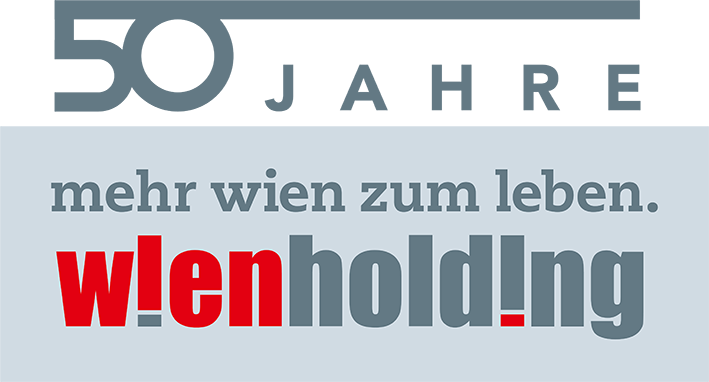This year’s Leon Zelman Prize for Dialog and Understanding went to Shoshana Duizend-Jensen, who works as a historian at the Municipal and Provincial Archives of Vienna. City councilwoman Veronica Kaup-Hasler handed over the award to the scientist on June 12 at Vienna City Hall.

“Shoshana Duizend-Jensen”, as the jury explained in their grounds for the award, “has for many years dealt comprehensively with the disenfranchisement, deprivation, expulsion and persecution of Viennese Jews. In her work as a historian, Duizend-Jensen uncovers destroyed and vanished elements of Jewish life in the city and illustrates the many voids that were created in Vienna both during the Nazi period and after 1945. Through her exhibitions and publications, she makes a contribution towards heightening and sensitizing the public’s awareness of the Shoah and its consequences. Her dedication and empathy are reflected not just in her scientific work and its communication but also in her civic commitment in the provision of aid to refugees.”
The mosaic stones of past events
The laudation was given by political scientist Barbara Serloth, with whom Duizend-Jensen has been friends since they studied together. Serloth noted that the award-winner brings “the past into the present in her work” and “does not rest until she has exposed the mosaic stones of past events, until she has given new life to some of the witnesses of these events, which are sometimes misshapen, sometimes neglected, sometimes merely disregarded, sometimes also carefully removed from the field of vision or simply forgotten, and has transferred these into narratable stories.”
In her acceptance speech, Duizend-Jensen stressed that, “The most important means for preventing ethnic and national hate is knowledge about the biggest crime in human history, the Holocaust. I believe that it is not enough to take young people on an obligatory guided tour of Mauthausen; as a supplement to this, I would like to contribute towards confronting young people, including children, with Jewish fates and disappeared Jewish institutes in their living and school environments as a way of bringing the past to life.”









